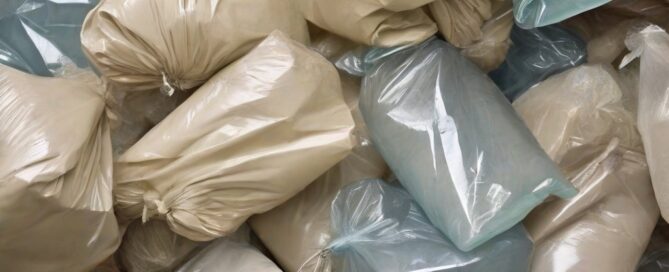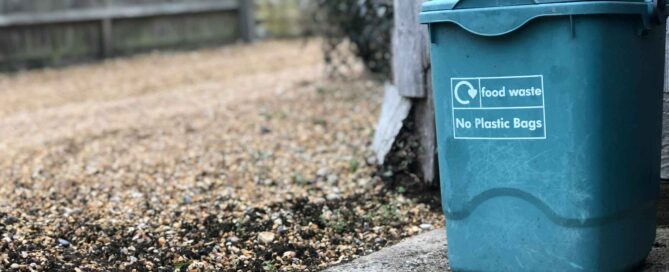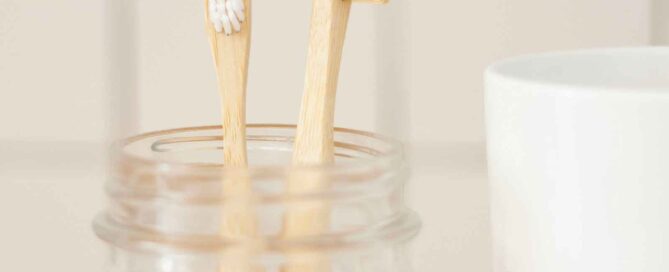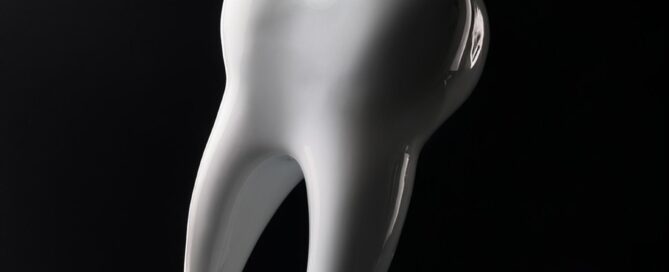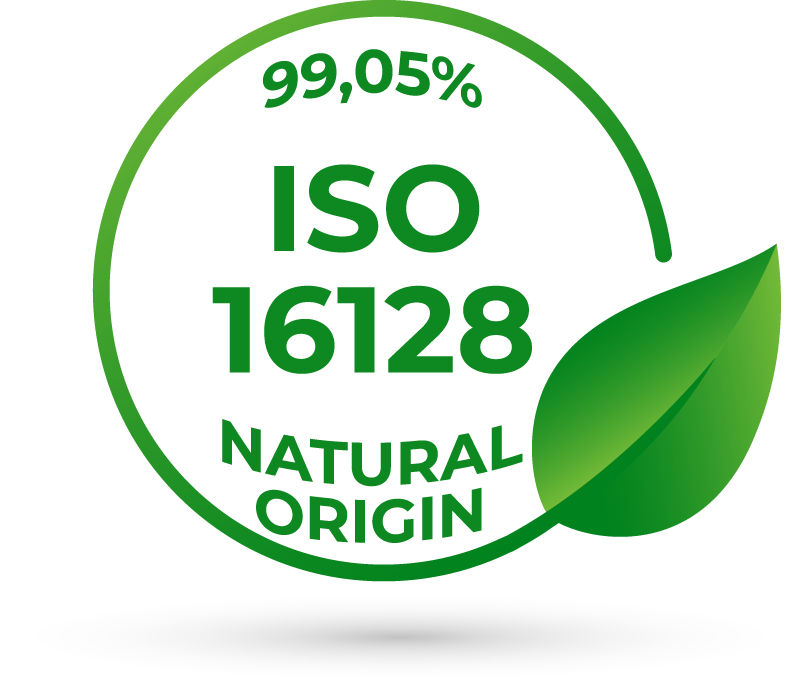Refilling cosmetics made easy – 5 tips from JONDI & MOON
Sustainability is becoming increasingly important - and the concept of refilling offers an easy way to do your bit for the environment. If you want to refill cosmetics, the refill solutions from JONDI&MOON are the perfect choice. But how can you make the most of the refill process? In this article, we'll show you 5 tips to help you refill your cosmetics efficiently and sustainably. You'll also find out how to maximize the lifespan of your packaging with spare parts. 1. cleaning: How to prepare your packaging correctly Before you refill cosmetics, it is important to clean the empty packaging thoroughly. Residues from previous products can affect the shelf life or quality of the new contents. Wash bottles, jars or pump dispensers with warm water and a mild detergent. Tip: Use small bottle brushes to clean hard-to-reach areas and allow the packaging to air dry completely. Moisture can spoil the new product. 2. clean refilling: Avoid mess A stable and clean workspace makes refilling cosmetics much easier. Choose a smooth, wipeable surface and have a cloth ready in case of spills. You can also use a funnel to pour the product neatly into the bottle or jar. This is particularly useful for liquid cosmetics such as creams or lotions! Extra tip: With JONDI&MOON you can rely on the "hourglass principle". Simply place the empty bottle on the full refill bag and turn it to refill the amber glass dispenser effortlessly and without spilling. 3. correct storage of the refill packs Proper storage is essential to ensure that your cosmetic refill packs retain their quality. Keep the packs in a cool, dry place that is protected from direct sunlight. You should close open refill packs tightly to keep air and moisture out. Important: Never store refill packs near heat sources or in the bathroom, as humidity and temperature fluctuations can affect product quality. 4. spare parts: Extend the service life of your packaging A sustainable refill routine also means that your packaging should last a long time. However, with regular use, pump mechanisms, closures or seals can wear out. Instead of replacing the entire packaging, you can order suitable spare parts from JONDI&MOON to make your cosmetics packaging as good as new again. Pump dispenser: Perfect if the pump mechanism gets stuck or sluggish after prolonged use. Replacement lid: If a lid is lost or damaged, you can easily order a replacement. Seals: To ensure that the packaging remains leak-proof. Replacing small parts is not only environmentally friendly, but also saves you money. You can also be sure that the quality of your cosmetic products is maintained. Our service: If you are unsure which spare part you need, our customer service team will be happy to help you. Simply contact us and we will advise you! 5. minimize waste Refill packs are designed to save space and be used efficiently. To avoid product residue, carefully squeeze out the refill pack before disposing of it. If you refill several [...]






